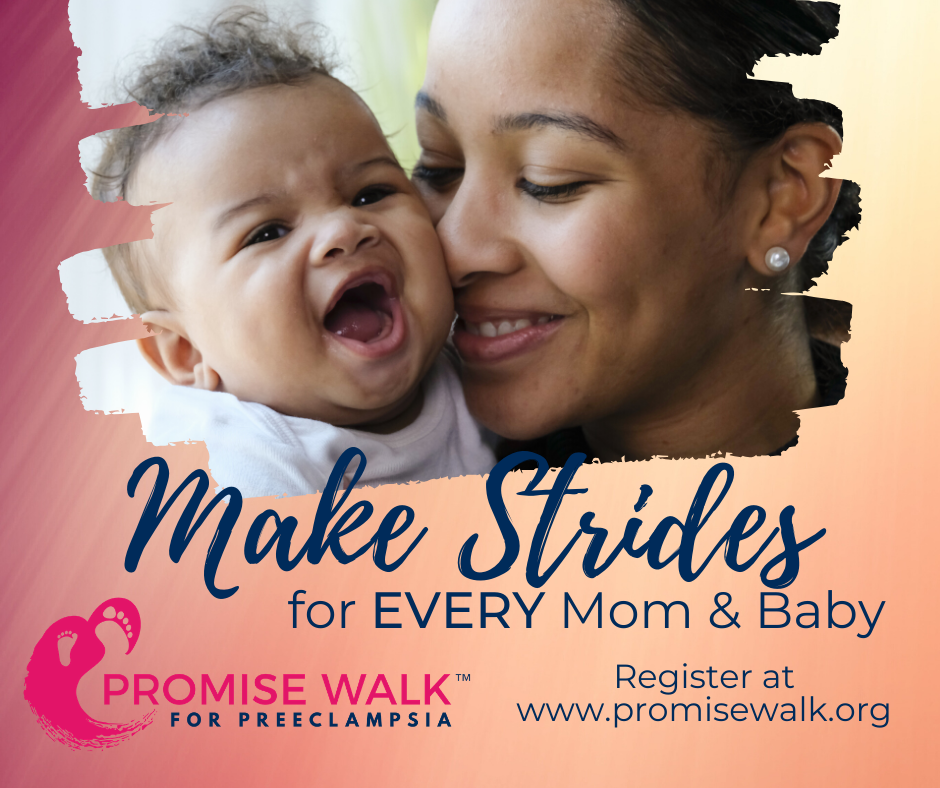
What is Superimposed Preeclampsia?
Superimposed preeclampsia is preeclampsia complicating hypertension of another cause, most commonly chronic or "essential" hypertension. However women with hypertension associated with diabetes, pre-existing autoimmune disorders like lupus erythematous, and chronic kidney disease also have an increased chance of developing superimposed preeclampsia. The hypertensive complications of pregnancy are divided into four distinct classifications: Preeclampsia/eclampsia, Chronic hypertension, preeclampsia superimposed on chronic hypertension, and gestational hypertension.
Women may know when entering pregnancy that they are chronic hypertensives. But chronic hypertension can also be unmasked when a woman develops high pressures (either of 140/90 mm Hg) before 20 weeks gestation, even if she had normal blood pressure before pregnancy. Whatever are the aberrations in the placenta that cause preeclampsia, women with chronic hypertension, of any cause, are more susceptible and more likely to develop preeclampsia.
All pregnant women have what is called an enhanced inflammatory state and some researchers suggest that further exaggeration of this state leads to preeclampsia. In a sense, some women enter pregnancy with the inflammatory glass half-full of water, and then pregnancy adds to it. At some point, the cup will overflow. Autoimmune conditions, like some forms of diabetes and kidney disease, are also associated with increased inflammation, and this may be why they are more prone to preeclampsia.
Diagnosing chronic hypertensives with preeclampsia can be tricky, as the normal markers of preeclampsia (blood pressure elevations of 140/90) are likely already present. Also some chronic hypertensives have early kidney changes and may spill some extra protein later in pregnancy when all pregnant women excrete more protein. Doctors are also extra cautious with chronic hypertensives because superimposed preeclampsia can be severe or "fulminating", which means that it gets bad, rapidly. Women with superimposed preeclampsia are delivered earlier in pregnancy. They are more likely to need Caesarean section deliveries because their condition develops too quickly to allow for induction, and their infants are more likely to need NICU time.
If you have a history of chronic conditions, if you developed hypertension before 20 weeks gestation, or it took longer than 6-8 weeks to resolve after delivery, your later pregnancies are at higher risk for superimposed preeclampsia. A consult with a maternal-fetal medicine specialist before conception will allow you to make a plan for how any subsequent pregnancies might be managed. Consider asking these questions:
- Am I a good candidate for prenatal aspirin?
- Do I need to change medications?
- Should I undertake a weight-loss program?
- When should I call about a change in symptoms?
- At what point in symptom progression would I be admitted for observation?
Make sure to ask your doctor or midwife about prenatal aspirin as it may prevent or delay the onset of preeclampsia.
Related Articles

Ánimo y cuídate: la preeclampsia puede estar asociada con enfermedades cardíacas y accidentes cerebrovasculares más adelante en la vida Descargue nuestra hoja informativa

Eclampsia is a very serious complication of preeclampsia characterized by one or more seizures during pregnancy or in the postpartum period.

La preeclampsia, en todas sus formas, puede requerir muchos análisis, tanto durante como después del embarazo. ¿Alguna vez se preguntó por qué el proveedor de atención médica le solicita tantos anális...

El embarazo es un momento ideal para familiarizarse con su presión arterial. Aquí encontrará todo lo que necesita saber sobre cómo tomarse la presión arterial en casa.

Melbourne, FL – September 17 , 2024 – The Preeclampsia Foundation, in partnership with the International Society for the Study of Hypertension in Pregnancy (ISSHP) and Society for Ma...

Resultados de varios estudios apoyan la hipótesis de que el estrés causado por un embarazo y parto traumáticos puede en muchas ocasiones anular la habilidad de salir adelante emoc...

Is there a connection between maternal diet and preeclampsia? The PRECISE Network research team and I recently completed an evidence review to compile information on maternal nutritional factors that...

What you’ll learn in this article: Many risk factors contribute to an individual’s chance of getting preeclampsia. These risk factors may be genetic, physical, environmental, and even s...

Question: Progesterone supplementation - first trimester and beyond - can it help the vascular constriction by keeping the smooth muscle relaxed (17HP shots), and is it associated with early supplemen...



